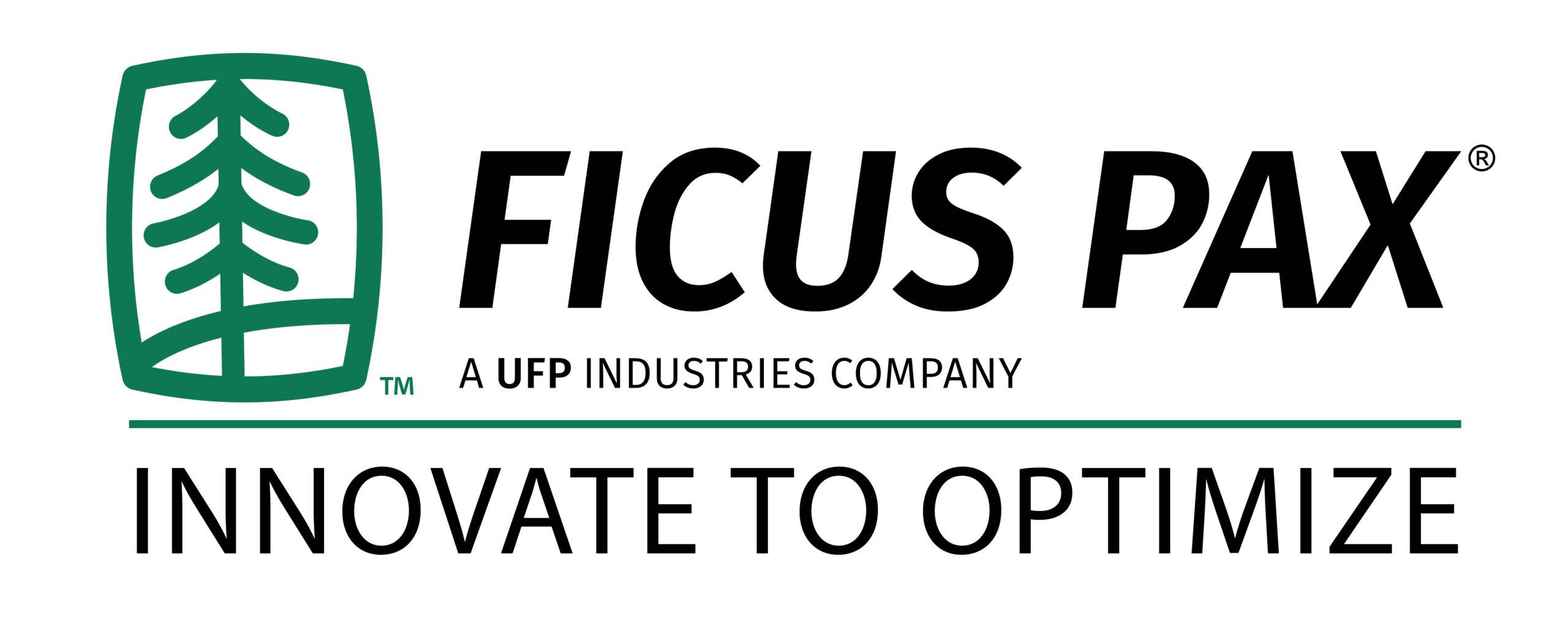What types of tobacco products can be packaged in this packaging?

The packaging of tobacco products can vary depending on the specific regulations and requirements of each country or region. However, I can provide a general overview of the types of tobacco products that are commonly packaged.
- Cigarettes: Cigarettes are the most common form of tobacco product and are typically packaged in rectangular boxes. These boxes are designed to hold a specific number of cigarettes, which can vary between countries. The packaging often includes branding, health warnings, and other required information, such as the amount of tar and nicotine.
- Cigars: Cigars are another popular tobacco product that comes in a range of sizes and shapes. They are usually packaged in individual tubes, wooden boxes, or cellophane wrappers. The packaging is designed to protect the cigars from damage and maintain their freshness. Premium cigars often feature elaborate packaging with labels and seals.
- Pipe Tobacco: Pipe tobacco is typically packaged in pouches or tins. Pouches are commonly made of foil or plastic and contain a specific amount of tobacco. Tins are usually made of metal and can be airtight to preserve the tobacco’s moisture and flavor. Pipe tobacco packaging may include branding, health warnings, and flavor descriptions.
- Smokeless Tobacco: Smokeless tobacco products, such as chewing tobacco and snuff, come in various forms and packaging. Chewing tobacco is often packaged in small pouches or cans, which can be made of metal or plastic. Snuff, which is finely ground tobacco, can be packaged in small containers or tins. The packaging typically includes branding and health warnings.
- Rolling Tobacco: Rolling tobacco is used to hand-roll cigarettes or create roll-your-own (RYO) cigarettes. It is commonly packaged in pouches or bags, which are usually made of paper or plastic. These packages come in different sizes and can contain varying amounts of tobacco. The packaging may display branding, health warnings, and instructions for use.
- Electronic Cigarettes (E-cigarettes): E-cigarettes are electronic devices that vaporize a liquid containing nicotine. The packaging of e-cigarettes can vary widely, ranging from small boxes to blister packs or even tubes. The packaging often includes the e-cigarette device, cartridges or pods, charging cables, and user manuals. Some countries require health warnings on e-cigarette packaging.
- Snus: Snus is a smokeless tobacco product that is popular in some Scandinavian countries. It is typically packaged in small, pre-portioned sachets or loose form. The sachets are made of porous material and are placed under the upper lip. Snus packaging may include branding, flavor descriptions, and health warnings.
It’s important to note that tobacco packaging regulations have evolved over time in many countries to include graphic health warnings, restrictions on branding, and standardized packaging requirements. These regulations aim to discourage tobacco use, promote public health, and reduce the appeal of tobacco products, particularly to young people.
The specific packaging requirements for each tobacco product may vary depending on the country or region’s legislation. It is crucial for tobacco manufacturers and retailers to comply with these regulations to ensure their products are legally marketed and sold.




Leave a Comment